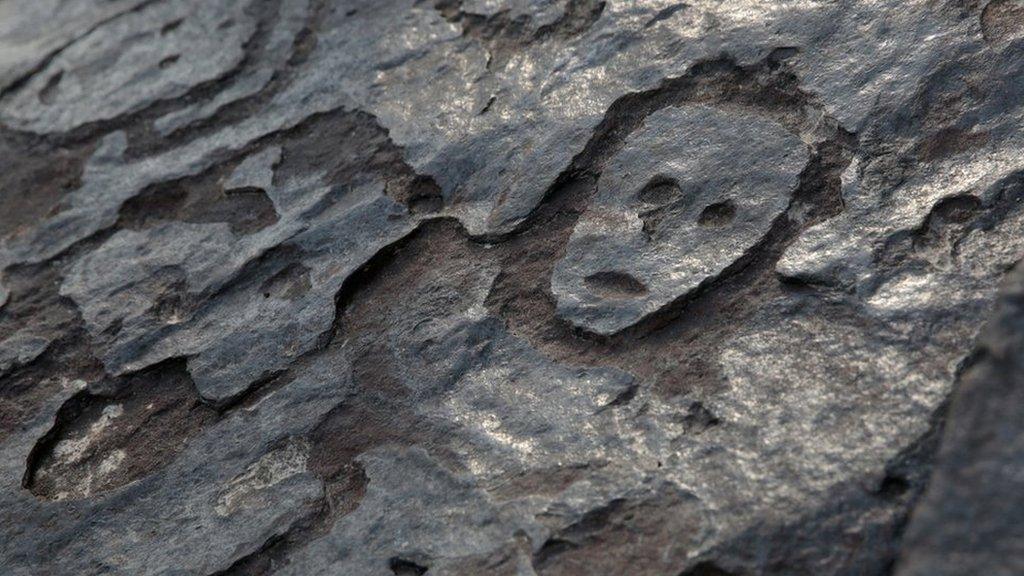Archaeologists discover prehistoric woodland in peatland 'time capsule'
- Published
- comments
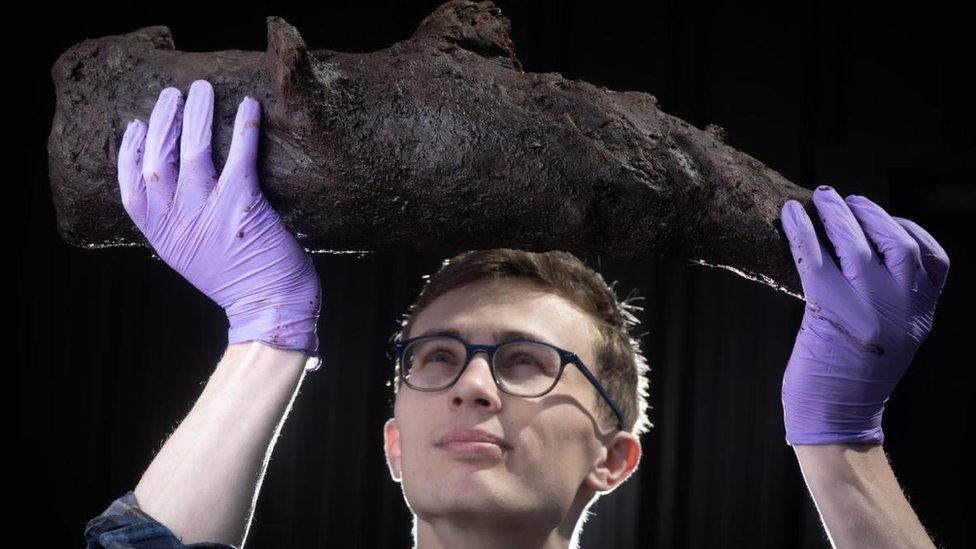
Holding history in his hands - Ed Treasure from Wessex Archaeology is holding a fragment of willow from the Bronze Age
Researchers have found prehistoric woodland, plants and insect remains dating back thousands of years.
The remains, believed to be from between the Neolithic and Bronze Age, were discovered on Exmoor where peatland is currently being restored.
Sander Aerts, Environmental Manager at Wessex Archaeology told Newsround: "Peat is basically made up of layers of old plants.
"It is acidic, wet, and there is no oxygen present, which means that all the seeds, wood and insects remain preserved. This time capsule really is a treasure trove for archaeologists!"
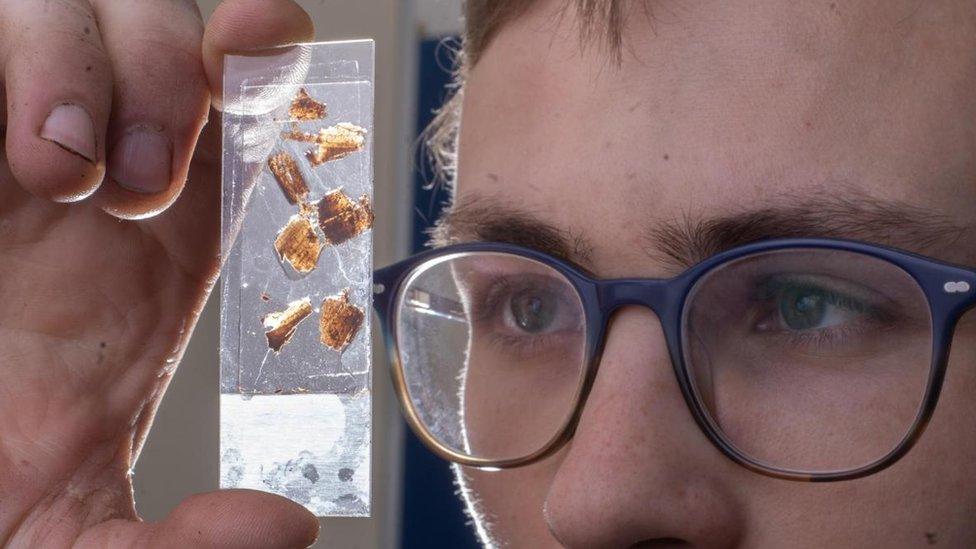
How did researchers study the find?
The samples were taken from land cared for by the National Trust on Exmoor called Alderman's Barrow Allotment.
The samples were sent to a specialist lab at Wessex Archaeology to be analysed.
Researchers found over 100 fragments of Hydraena riparia beetles - a type of semi-aquatic beetle that still exists today.
They found other types of beetle too - including prehistoric samples of dung beetles, rove beetles, moss mites and water scavenger beetles.
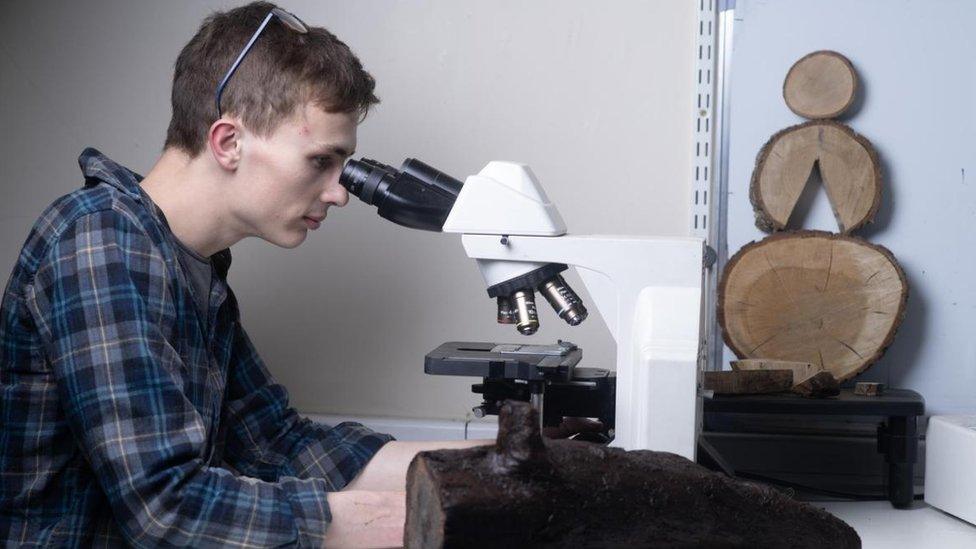
What about the trees and plants?
In the capsule were fragments of tree trunks, small branches and twigs dating as far back as 4,500 years, showing there were species of alder, willow and birch growing nearby.
The plant remains indicate that sedges and rushes - grass-like plants - were growing there too.
Sander said the research had given "a unique glimpse into the past of Exmoor National Park".
It helps us understand what the environment looked like thousands of years ago, and how plants and animals have responded to change through time. By looking back at this, we can help understand how to protect nature for years to come.
He added: "As archaeologists, we are always very lucky when we get to look at peat. As peatland restoration projects continue through the UK, we are hoping to make more exciting discoveries like this in the future."
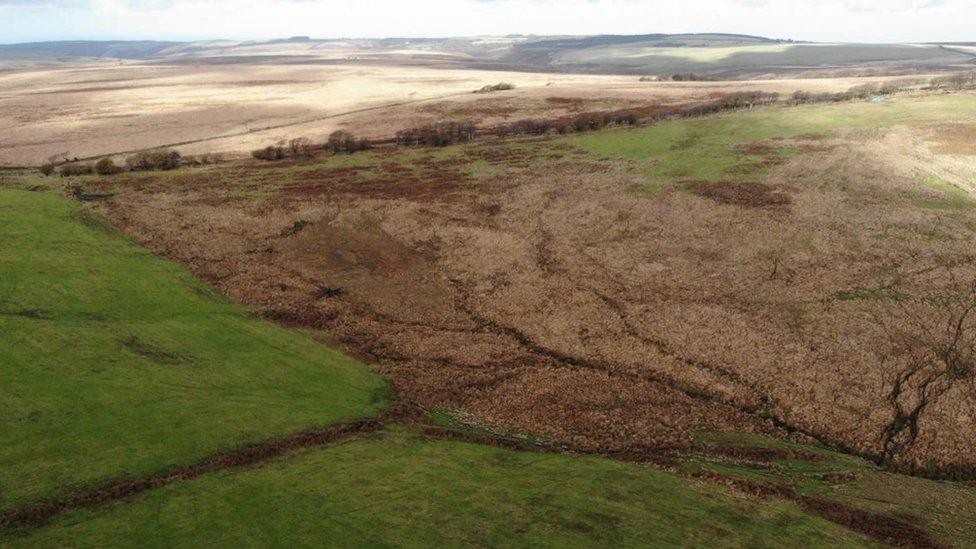
This is Alderman's Barrow Allotment before it was restored
Why are peatlands so important?
Jim Parry, an archaeologist for the National Trust said: "Peatlands are incredible environments that humans have used for thousands of years, their special properties helping preserve history under our feet.
"In helping to restore and protect peatlands and prevent them from cracking and eroding, we are helping to ensure that this valuable finite archive of history won't crumble and wash away.
He added: "Climate change is threatening to destroy untold treasures buried in the UK as the soils that protect them dry out, so peatland conservation is vital for preserving our past as well as our future."
- Published13 January 2024

- Published17 December 2023
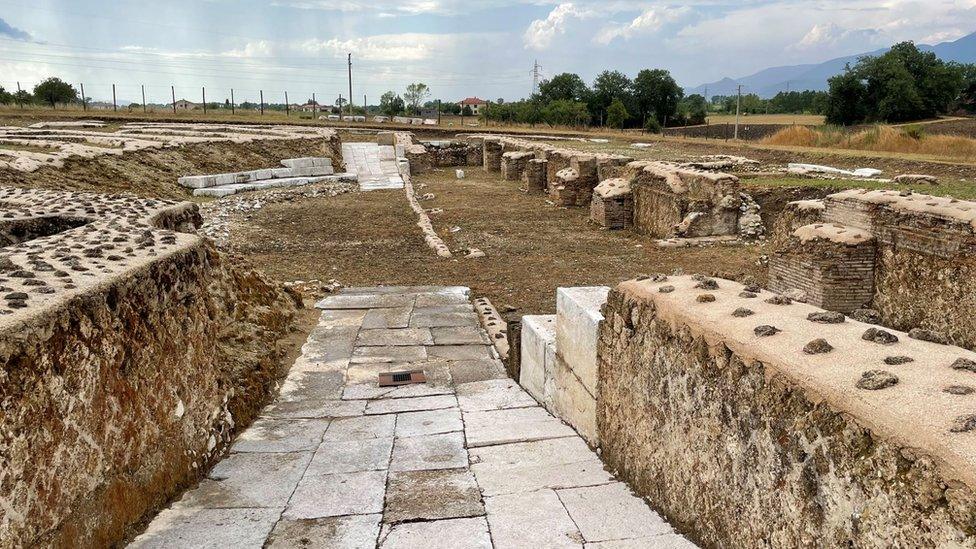
- Published26 October 2023
